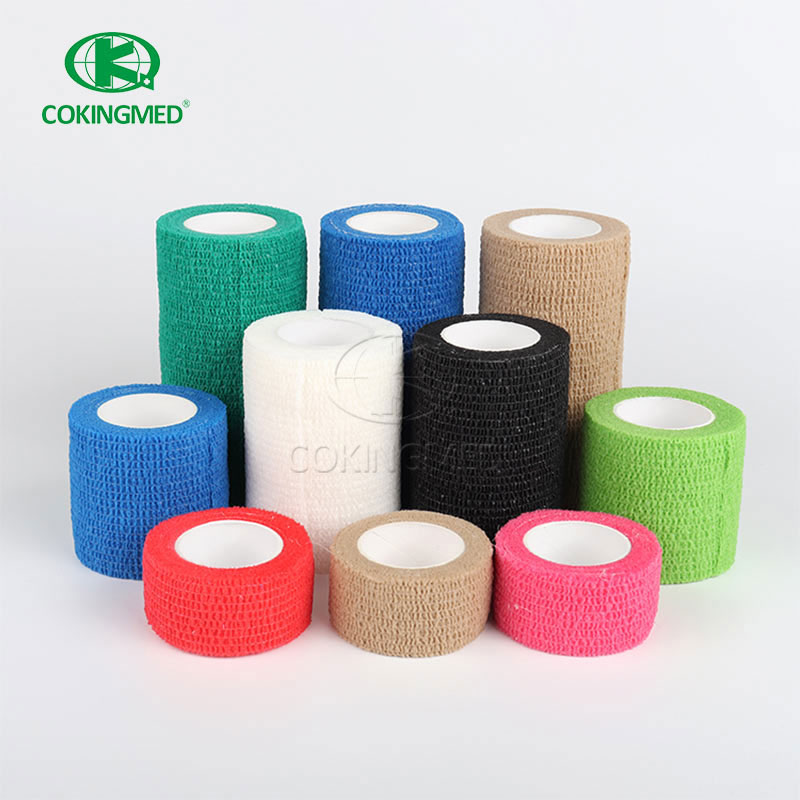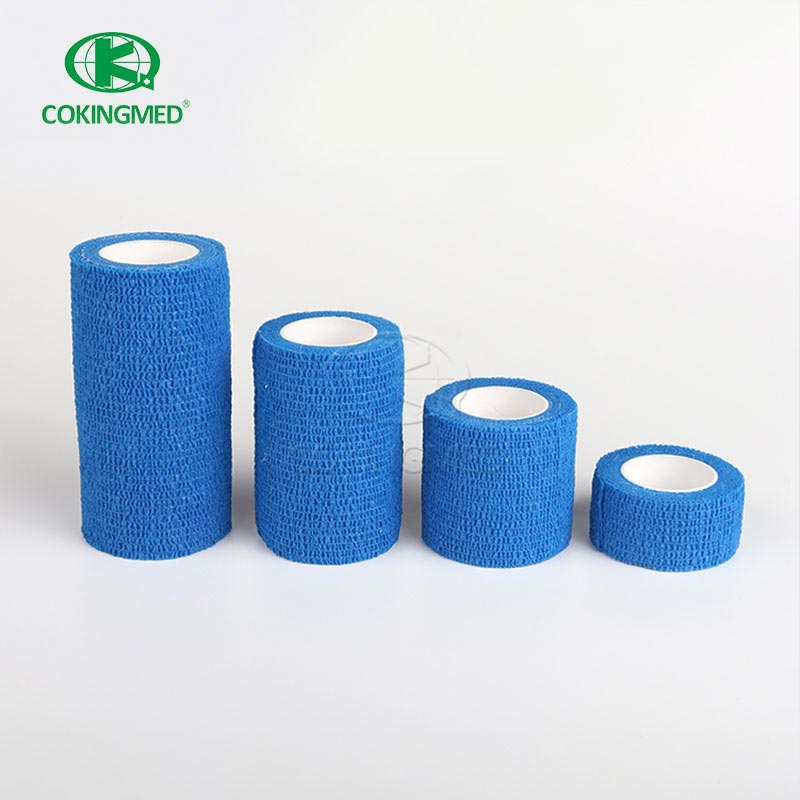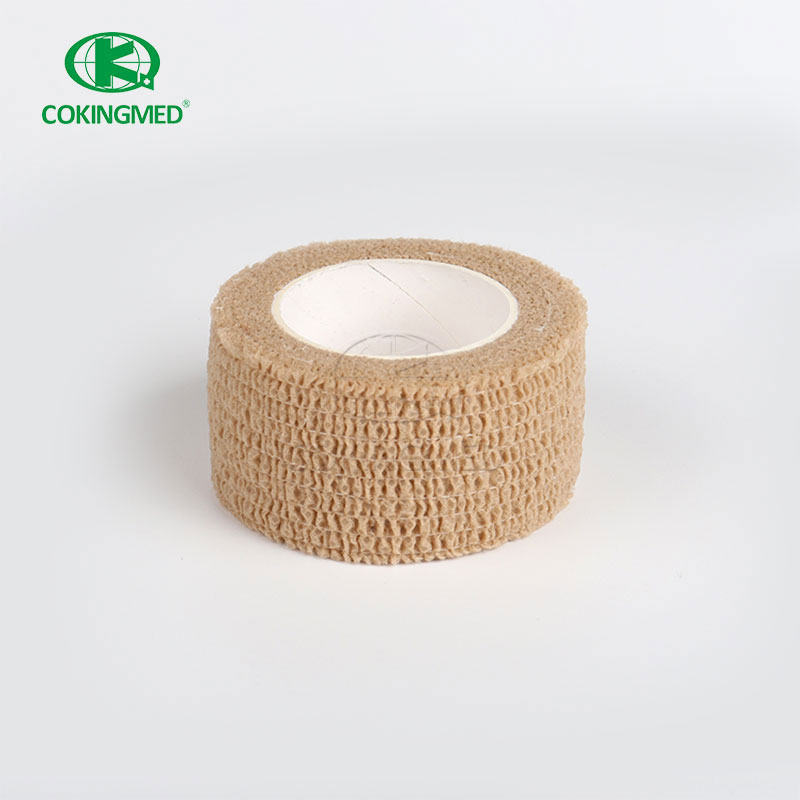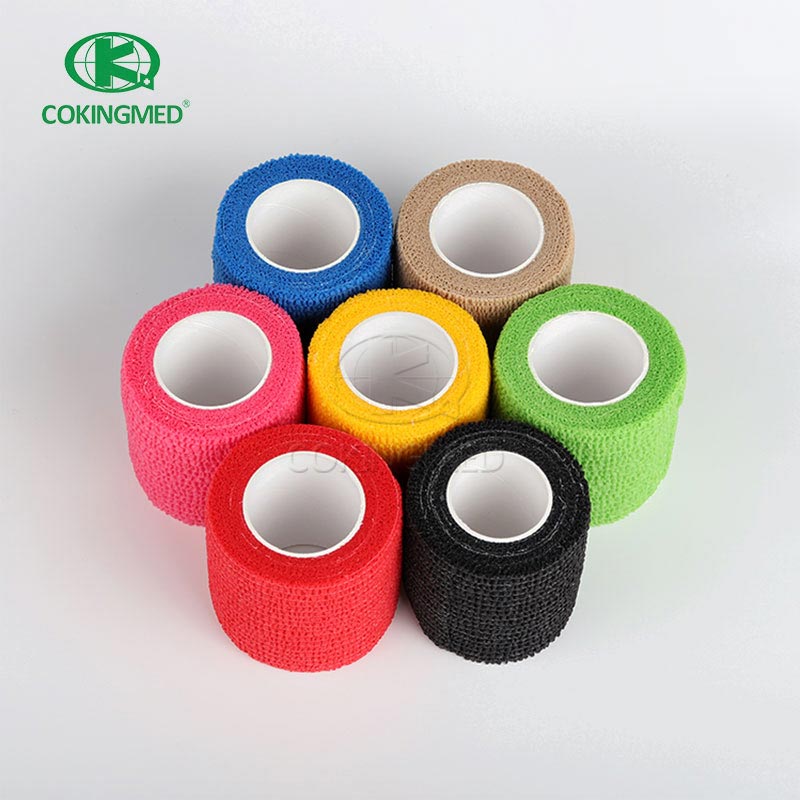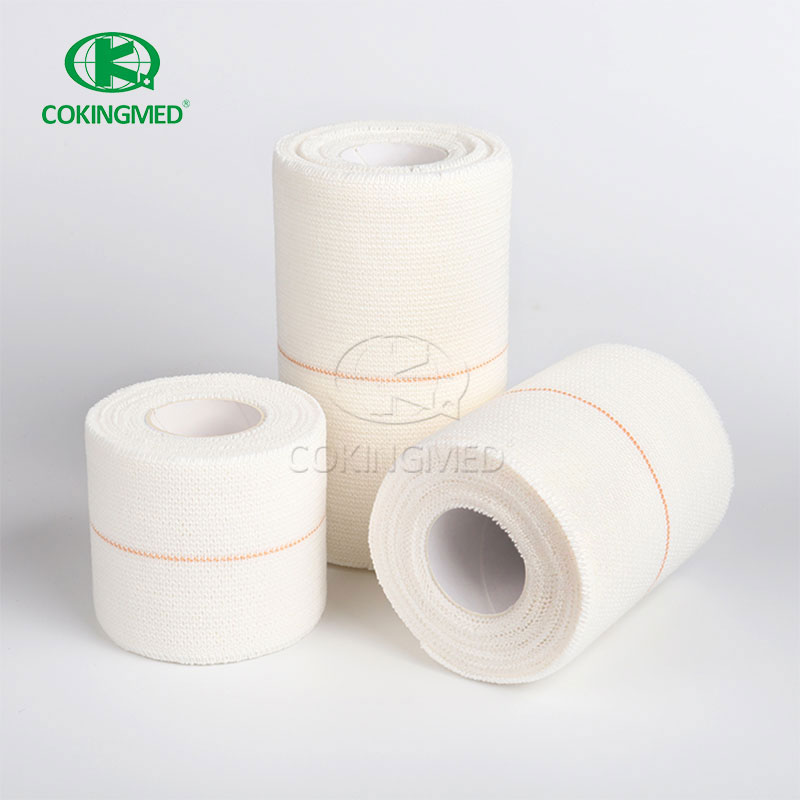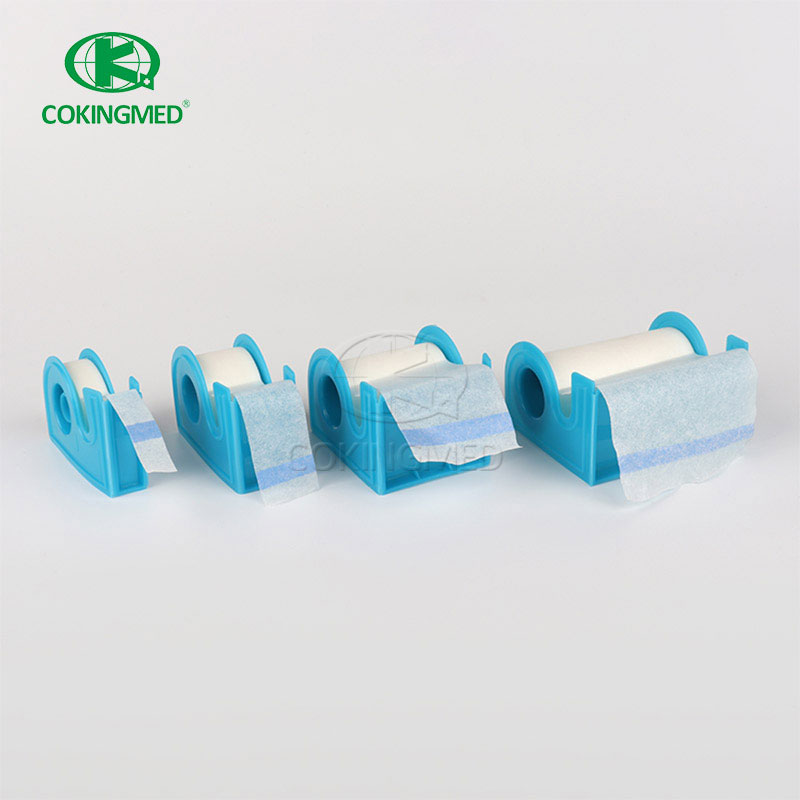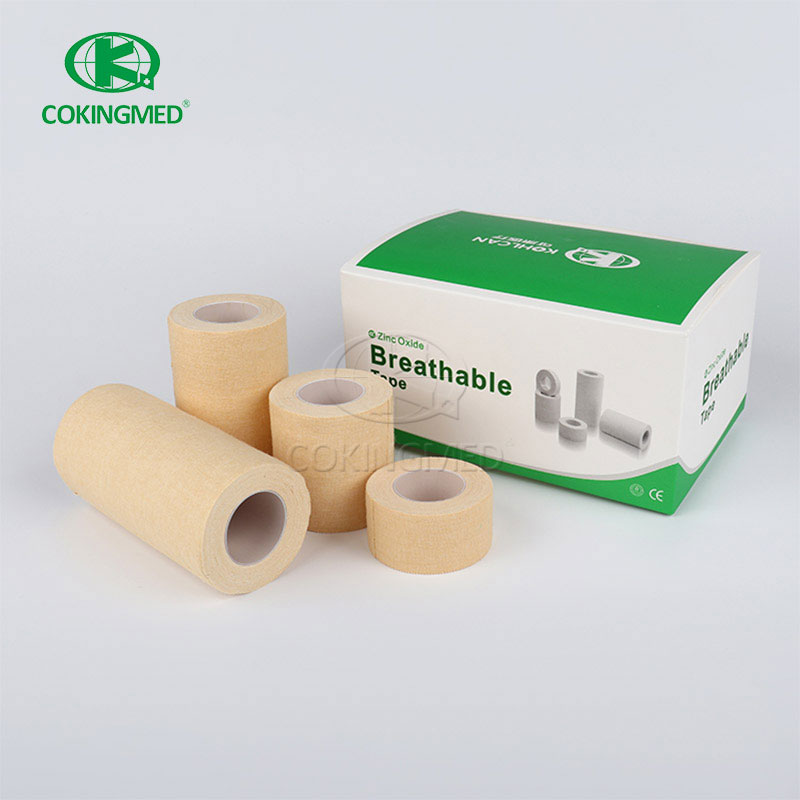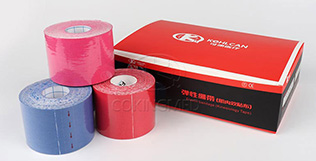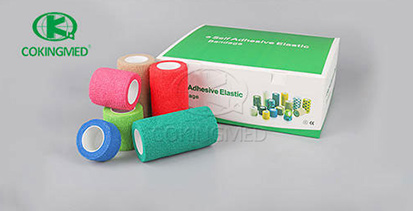What is the use of Self Adhesive Bandage?
Self adhesive bandage distinctly enhance wound care practices by providing a reliable and user-friendly option for managing injuries. Their easy application process helps streamline care, particularly beneficial for those with busy lifestyles. These bandages not only protect wounds effectively but also facilitate healing through their breathable materials, reducing the risk of infection and promoting moisture balance.
Understanding how to apply them correctly ensures that users maximize their effectiveness while maintaining comfort during everyday activities. Incorporating self adhesive bandage into first-aid routines also prepares individuals for swift responses to minor injuries, contributing to overall safety and health management.
Understanding Self Adhesive Bandage
Self adhesive bandage serve as a crucial component in modern wound care. These bandages are designed to stick to the skin seamlessly, creating a protective barrier over the affected area. Unlike traditional bandages, which often require secondary adhesives, self adhesive options simplify the process and enhance user convenience.
The bandages are available in various materials and sizes, making it easier for individuals to find the right fit for their needs. Their flexibility allows for movement while ensuring that wounds remain covered and clean.
Choosing the right self adhesive bandage can prevent complications and promote healing. It's essential to consider factors such as size and material compatibility with your skin type when selecting one. A well-chosen bandage can enhance comfort and contribute significantly to effective wound management.
|
Feature |
Description |
|
Adhesive Type |
Hypoallergenic or standard |
|
Material |
Fabric, plastic, or foam |
|
Size |
Various sizes available |
|
Water Resistance |
Yes or No |
|
Breathability |
Increased airflow for comfort |
By considering these aspects, individuals can ensure optimal support during the healing process.
Key Benefits of Using Self Adhesive Bandage in Wound Care
Self adhesive bandage offer several advantages integral to effective wound care.:
1. Their ease of application significantly reduces the time taken to dress wounds, making them an ideal choice for busy individuals. The adhesive properties ensure that the bandage securely stays in place, providing consistent protection against dirt and bacteria.
2. Self adhesive bandage are often designed with breathability in mind, allowing air to circulate while still keeping the wound covered. This feature is vital for promoting healing and preventing moisture buildup, which can exacerbate wounds.
3. They come in various sizes and lengths to accommodate different types of injuries, enhancing their versatility for various everyday situations.
4. Many self adhesive bandage are made from hypoallergenic materials, minimizing the risk of skin irritation and making them suitable for sensitive skin types.
How Self Adhesive Bandage Improve Healing and Recovery
Self adhesive bandage play a vital role in promoting healing by creating a protective barrier around wounds. Their unique design allows them to adhere securely to the skin while providing flexibility, which helps prevent movement that could disrupt the healing process. These bandages are breathable, ensuring proper air circulation that is essential for wound recovery.
Furthermore, their cushioned texture minimizes discomfort and keeps the wound protected from external irritants and bacteria. By maintaining a moist environment, self adhesive bandage can expedite tissue regeneration and reduce scabbing, ultimately leading to faster recovery times. Their ease of application also encourages regular monitoring of the wound, allowing for timely changes and adjustments as needed, contributing positively to overall healing outcomes.
Versatile Applications of Self Adhesive Bandage in Daily Life
Self adhesive bandage offer practical solutions for a variety of everyday situations.
1. Wound Protection: Secures dressings on cuts, scrapes, and abrasions.
2. Joint & Muscle Support: Provides stability during physical activities.
3. Easy Application: Adheres securely without clips or pins.
4. Household Readiness: Enables quick response to injuries for children and pets.
5. Versatile Utility: Suitable for crafting and DIY projects beyond medical use.
With these diverse applications, self adhesive bandage are essential items in first-aid kits and everyday life supplies.
A Closer Look at the Comfort and Convenience of Self Adhesive Bandage
Self adhesive bandage offer notable comfort and convenience for users of all ages. Designed to adhere smoothly to the skin without the need for clips or additional tape, these bandages minimize discomfort during application and removal. The soft, flexible material conforms to body contours, allowing for a snug fit without restricting movement.
Moreover, their breathable nature helps in maintaining skin health while promoting quicker healing. Each bandage is often water-resistant, providing protection against moisture, which is particularly helpful in active lifestyles. The ease of use makes them ideal for parents managing children's minor injuries or for anyone needing quick first aid solutions on the go. With various sizes on the market, finding the right fit is simple, contributing further to their practical appeal in daily applications.
Choosing the Right Self Adhesive Bandage for Your Needs
Selecting the appropriate self adhesive bandage requires considering several factors.:
1. Wound Assessment: Match bandage size to injury dimensions for optimal coverage.
2. Material Safety: Prioritize hypoallergenic options to prevent skin irritation.
3. Absorbency Capacity: Ensure effective fluid management without adhesion loss.
4. Activity Compatibility: Choose movement-resistant and waterproof designs for active lifestyles.
By taking these factors into account, you can ensure optimal protection and comfort for your specific needs.
Tips for Proper Application of Self Adhesive Bandage
Applying self adhesive bandage correctly is essential for optimal wound care. Start by ensuring the area is clean and dry, as moisture can affect adhesion. Gently trim any hair around the wound if necessary, to prevent discomfort and improve the bandage's fit. When placing the bandage, avoid stretching it too tightly; it should comfortably cover the wound without restricting movement or circulation. Firmly press down on the edges to ensure a secure seal, but be cautious because excessive pressure may cause irritation.
Additionally, monitor the bandage for looseness or discomfort during use, and replace it if it becomes wet or soiled to promote proper healing. By following these steps, you enhance both comfort and effectiveness in your wound care routine.
Conclusion
Self adhesive bandage are a practical and versatile solution for wound care, offering various benefits that significantly contribute to effective healing.
Furthermore, proper application techniques enhance their effectiveness and ensure comfort. As we continue to explore innovations in medical supplies, self adhesive bandage remain a fundamental choice in everyday life and first-aid preparedness.
Act now!
Contact our customer service team for free shopping guides and the latest product catalogs!

